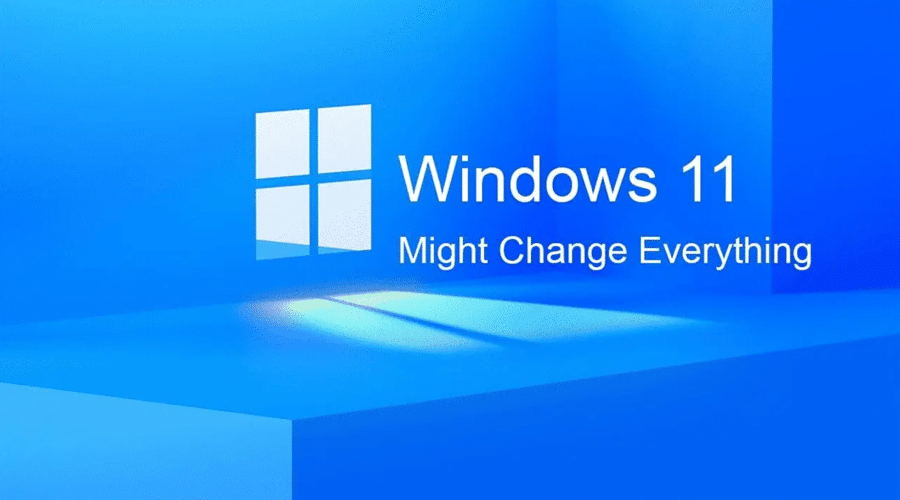If you are interested in tech or cryptocurrency, blockchain is a term you have probably heard thrown around quite a bit in the last few years. Although, if you have heard someone try to explain what a blockchain is and how it works, you may be left even more confused than when they started explaining it to you. This article will attempt to simplify what a blockchain is and its uses.
Contents
Creation Of Blockchains

Blockchains were originally developed by Satoshi Nakamoto in 2008 as part of the digital currency bitcoin, serving as the public transaction record of all bitcoins in circulation, but have since been adapted for other applications. Some economists have hailed it as ingenious because it accomplishes several functions at once. Also, it is both public and open, more like a ledger of commerce than cash.
The Nature Of Blockchains

A blockchain, or distributed ledger, is essentially composed of two parts: A database with an ordered list of transactions and a peer-to-peer network through which the database is distributed. Transactions on the blockchain are readable by anyone using it. Still, they can only be added to the database sequentially, one after another in chronological order (a new ‘block’), with each block containing information about all previous blocks.
This means that once a transaction gets written into a block, you cannot alter it without changing all consecutive blocks in the chain, a task that requires the approval of a majority of nodes on the network. This process is known as mining, which incentivizes participants to maintain and secure the blockchain.
Distributed ledgers typically also implement some sort of consensus protocol, such as “Proof-of-Work” (Bitcoin) or “Proof-of-Stake” (Nxt), to determine who gets to add new blocks into the blockchain. This prevents anyone from wilfully switching old transactions with fake ones since doing so would not be recognized by any other node on the network.
Blockchain-Based Systems

Although cryptocurrencies like bitcoin and litecoin are by far their best-known application, blockchains can provide solutions to various problems that are not limited to finance alone. For instance, blockchain technology can potentially be used to securely track the ownership of digital art, computer programs, or any other kind of creative work that is subject to copyright protection.
Blockchain-based systems are already being developed for the entertainment industry to combat piracy and simplify how musicians get paid for their work. Blockchains can also provide a more straightforward way for anyone who wants information without paying intermediaries like Bloomberg. The potential applications of blockchain technology are limitless since blockchains can replace centralized institutions, including banks, notary services, stock exchanges, and property registers.
The Challenges Of Blockchain Technology

Blockchains are attractive because they are decentralized, open-source, and transparent, but they also come with their own set of challenges. Key concerns are the need for cryptographic hash functions to generate proof-of-work, making performing calculations on a blockchain much more resource-intensive than other public databases. Also, blockchain consensus protocols like Proof-of-Work involve high energy consumption and may not be sustainable in the long term. Other blockchain services today lack strong user privacy protections.
A few blockchain projects (such as Factom) are developing privacy methods. However, their ability to protect user’s sensitive information is limited by the kind of data stored on blockchains. Similarly, decentralized applications (apps) running on top of a blockchain system typically only handle the exchange of cryptocurrency tokens and not traditional forms of currency like dollars or euros. The result is that apps and blockchains are highly interoperable, but their interactions do not go beyond cryptocurrencies.
Most of these limitations will be addressed in time as blockchain technology continues to evolve and mature. For now, they pose challenges that must be overcome for blockchains and apps to be successful and widely adopted by the mainstream public.
Future Of BlockChain Technology

Although it is still relatively early, several projects are working to make blockchains more scalable. For example, Ethereum developers are preparing to switch their platform from a proof-of-work consensus algorithm to “proof of stake,” which requires less computational resources and may eventually allow for millions of transactions per second, even on smartphones.
However, the biggest challenge facing the future of blockchain technology is adopted. Like any new technology, it can be difficult to convince consumers and businesses alike to embrace something radically different from what they are accustomed to. Another critical priority is allowing blockchains to interoperate with each other so that users do not need to rely exclusively on one blockchain for every application they desire.
Conclusion
Blockchain technology is an exciting new development that has tremendous potential to improve how people do business with each other. Although it’s still early days, many companies are investing in blockchain R&D, and the industry’s growth is expected to continue for years to come!


